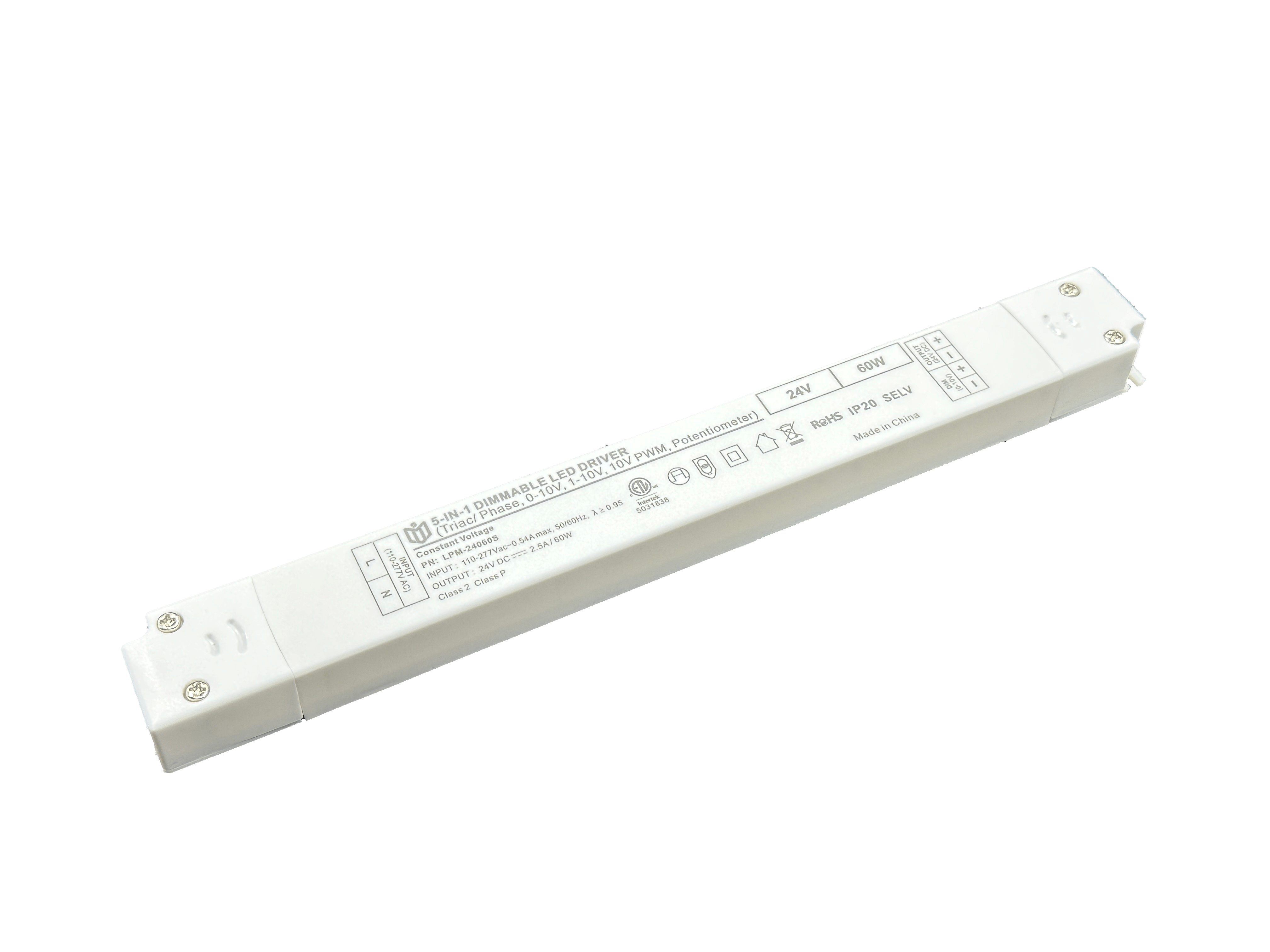Tech Power in Historic Building Restoration—Safe Applications of TRIAC Dimming Power Supplies
The intersection of modern technology and cultural preservation has birthed revolutionary approaches to maintaining our architectural legacy. At the forefront stands the strategic implementation of TRIAC dimmable power supplies—precision tools transforming how we illuminate historic structures without compromising their integrity. These intelligent systems operate on principles fundamentally different from conventional lighting controls, offering museum-grade protection for priceless materials while achieving dramatic aesthetic effects.
Precision Control Through Phase Chopping Mechanism
Unlike basic on/off switches, TRIAC dimmers utilize phase angle control to regulate AC waveform delivery. By precisely clipping portions of each sine wave cycle (typically between 40–120 degrees), they achieve seamless brightness adjustment across 0–100% range. This micromanaged energy discharge prevents thermal stress accumulation—critical when dealing with aged wood paneling, delicate frescoes, or heat-sensitive murals common in heritage sites like medieval cathedrals or Renaissance palazzos. Field tests at Italy's Uffizi Gallery demonstrated 62% reduction in surface temperature rise compared to non-dimmed fixtures.
Adaptive Compatibility With Vintage Fixtures
Many restored buildings retain original brass chandeliers or art glass sconces designed for incandescent bulbs. Modern LED retrofits paired with TRIAC drivers maintain backward compatibility through trailing-edge detection algorithms. The University of Oxford's Ashmolean Museum successfully upgraded Edwardian-era light fittings using universal input drivers capable of handling both resistive and reactive loads. Such flexibility eliminates costly rewiring while ensuring flicker-free performance across variable input voltages inherent in aging electrical systems.
Non-Invasive Installation Protocols
Specialized enclosure designs allow surface mounting near historic elements without penetrating structural fabric. Slimline DIN rail mount chassis fit within existing utility chases, while weatherproof IP65-rated variants protect outdoor installations at castle battlements or colonial verandahs. Wireless grouping capabilities via Zigbee protocols enable zoned control from discreet tablet interfaces, preserving unobstructed views of ornamental ceilings. Parisian townhouse renovations utilized this method to control 87 separate period lamps through a single access point hidden behind a decorative cornice molding.
Electromagnetic Interference Mitigation
Advanced filtering stages suppress high-frequency noise generated during commutation cycles—a vital consideration near sensitive analog clockwork mechanisms or early telephone exchange equipment preserved in museum backrooms. Multistage EMI shielding combined with ferrite core chokes achieved <3dBμV conducted emissions during trials at Germany's Deutsches Museum, meeting stringent EN55015 Class B standards for industrial locations. This breakthrough allows safe coexistence with Victorian telegraph lines still functional as interpretive exhibits.
Color Rendition Excellence
High CRI (>95) phosphor coatings ensure accurate spectral reproduction essential for viewing oil paintings under natural daylight simulation. Tunable white temperature controls match dawn-to-dusk progression through programmable scenes, enhancing visitor experience without UV damage risks associated with unfiltered sources. Practical application includes Rome's Keats-Shelley House where adjustable color temperatures revealed previously obscured details in John Keats' death mask display case.
Load Balancing Innovations

Dynamic load management algorithms compensate for uneven current draw across mixed vintage/modern branches. Self-regulating output maintains stable luminosity despite varying line losses through corroded conductors typical in tropical climate restoration projects. Jamaica Inn's coastal fortification upgrade maintained consistent illumination levels despite saltwater degradation affecting copper wiring harnesses over 150 feet runs.
Emergency Lighting Integration
Bidirectional communication modules coordinate with backup generators during grid failures. Seamless transfer switching occurs within 15 milliseconds—fast enough to prevent perceptible disruption during guided tours. Tested reliability exceeds 99.999% uptime at London Tower's Crown Jewels vault system, where continuous operation is non-negotiable for national treasures security lighting.
Through these sophisticated yet conservative applications, TRIAC dimming emerges not merely as lighting control but as guardianship technology—extending the lifespan of irreplaceable cultural assets while unlocking new dimensions of historical appreciation. As UNESCO heritage sites increasingly adopt smart conservation frameworks, these silent workhorses prove that progress need not tread destructively upon the past.
 In heritage architecture prote
In heritage architecture prote
 When small-batch customization
When small-batch customization
 Have the electromagnetic emiss
Have the electromagnetic emiss
 When Triac dimmable power supp
When Triac dimmable power supp
